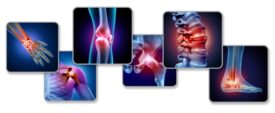Home » wearables
Articles Tagged with ''wearables''
From numbers to knowledge: A guide to extracting valuable insights from injury data
How to leverage data rigor, leading and lagging indicators, and technology to transform injury data into actionable insights
April 4, 2023
Become a Leader in Safety Culture
Build your knowledge with ISHN, covering key safety, health and industrial hygiene news, products, and trends.
JOIN TODAYCopyright ©2025. All Rights Reserved BNP Media.
Design, CMS, Hosting & Web Development :: ePublishing










![Heather Chapman[1].png](http://www.ishn.com/ext/resources/2022/10/27/Heather-Chapman[1].png?1666905389)
